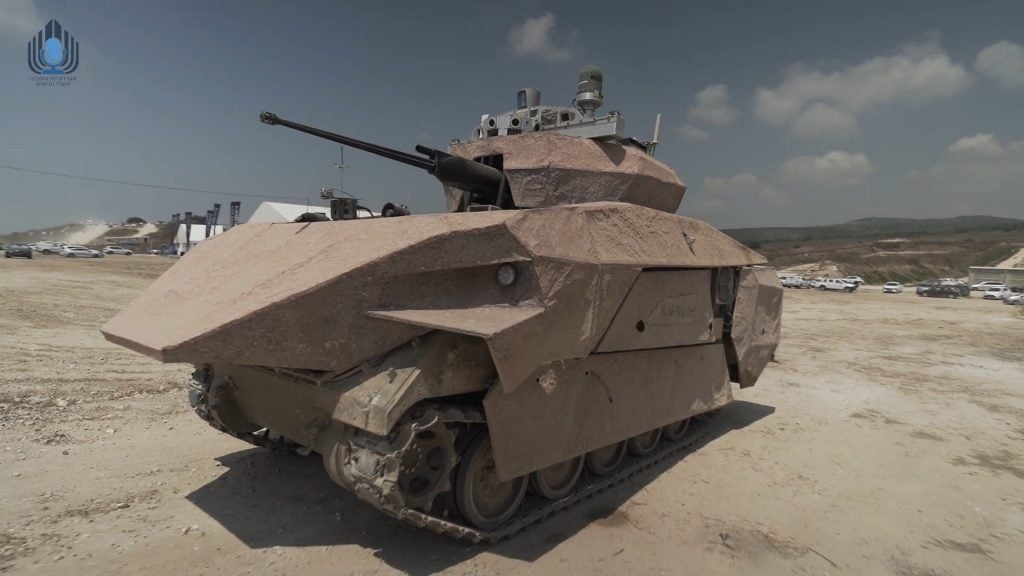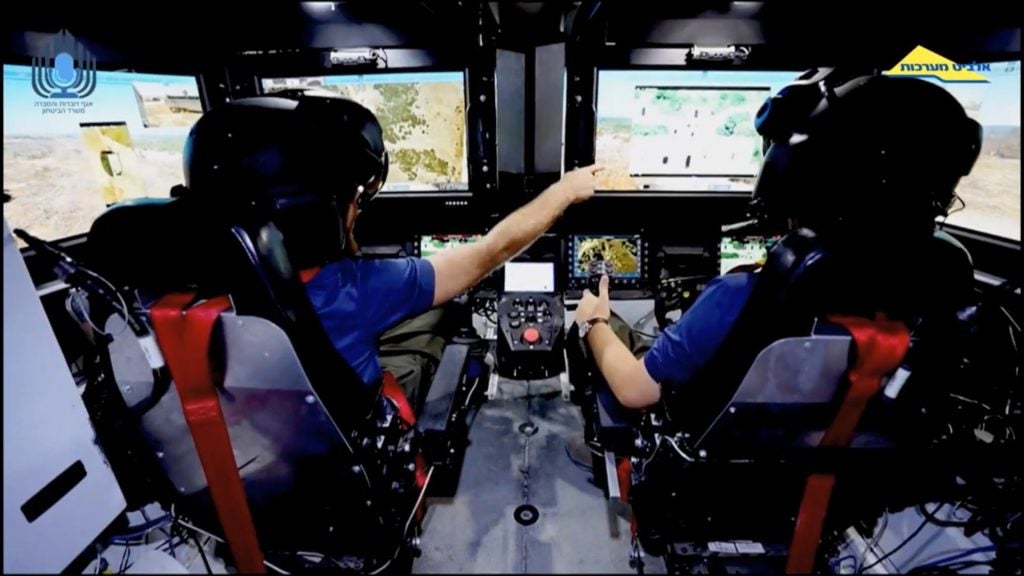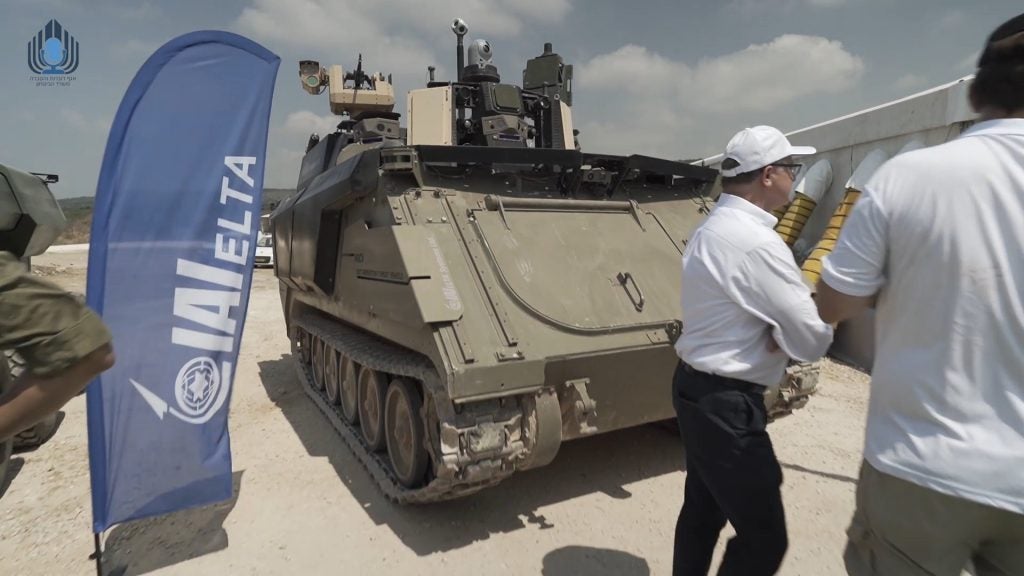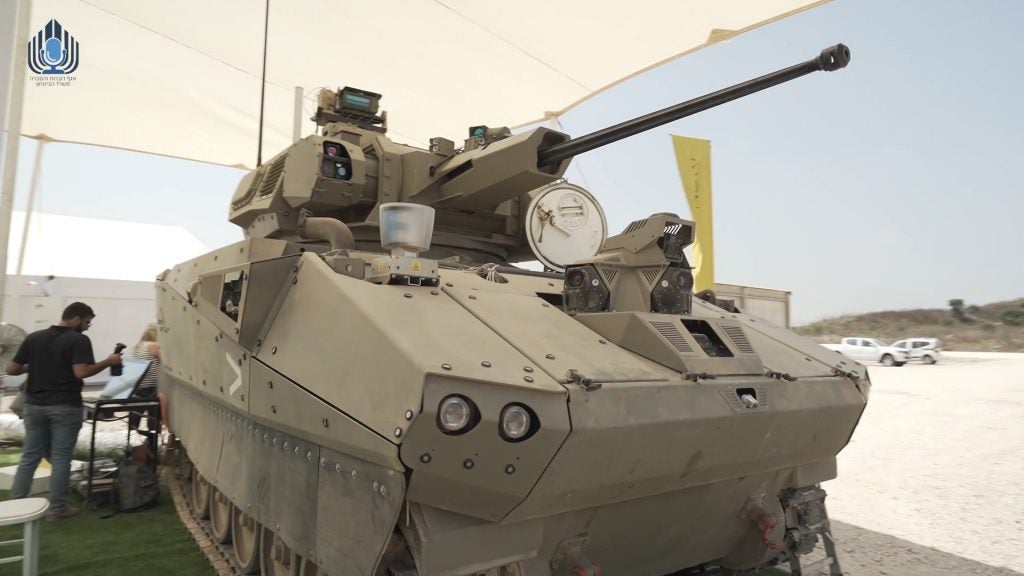Carmel Next-generation AFV Prototypes Shown Off by Israel
Several technology demonstrators for the Carmel advanced ground combat vehicle program were shown off for the first time yesterday. Each of Israel’s major defense contractors (Elbit, Rafael, and IAI) put forward their own prototype vehicle based on the chassis of the venerable M113.

Rafael’s Carmel development is driven by the IDF’s understanding of the demands urban warfare will place on tanks. Main battle tanks, such as Israel’s Merkava Mk. 4, are seen as being cumbersome when manoeuvring in confined urban spaces and their large cannon seen as overkill. Carmel is intended to be dramatically lighter, likely weighing in at around the 40 ton range compared to 65 ton of the Merkava Mk. 4. The demonstrator vehicles were shown equipped with 30mm cannon and anti-tank missiles rather than a large bore cannon. The crew will also be dramatically reduced, moving from 4 to 2 per vehicle though a third crew member is optional for the purpose of handling unmanned systems.

A huge emphasis is put on situational awareness with each of the prototype vehicles hosting a plethora of sensors. Elbit’s prototype was shown with a 360-degree vision system that fed into the companies IronVision system. This allows the vehicle operators to “see-through” the vehicle hull by having the camera feed shown on a helmet-mounted display. The other manufacturers had similar systems with the crew sitting side by side surrounded by 5 or 6 displays each. A key feature of Carmel is an optionally manned capability. It would be a relatively straight forward process to create an off-board control station set up to be identical to Carmel’s internal setup. Other sensors included radars, acoustic sensors, LIDAR, thermal sights, and mast-mounted cameras. Notably, none of the prototypes was presented with an APS.

The prototype hosts a remarkable cluster of sensors including radars (possibly for an APS), cameras for the 360 vision system, an acoustic sensor, and mast-mounted camera. Photo: IDF

